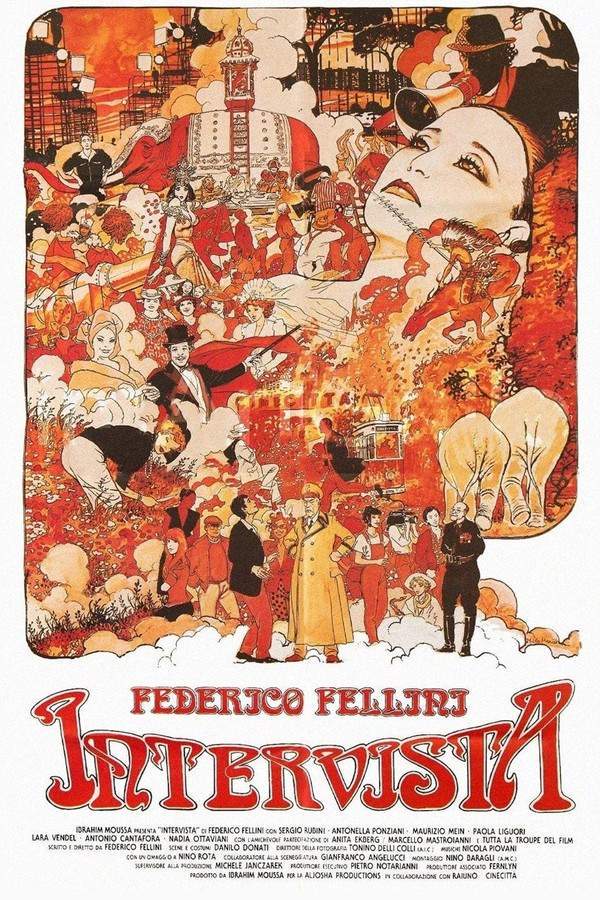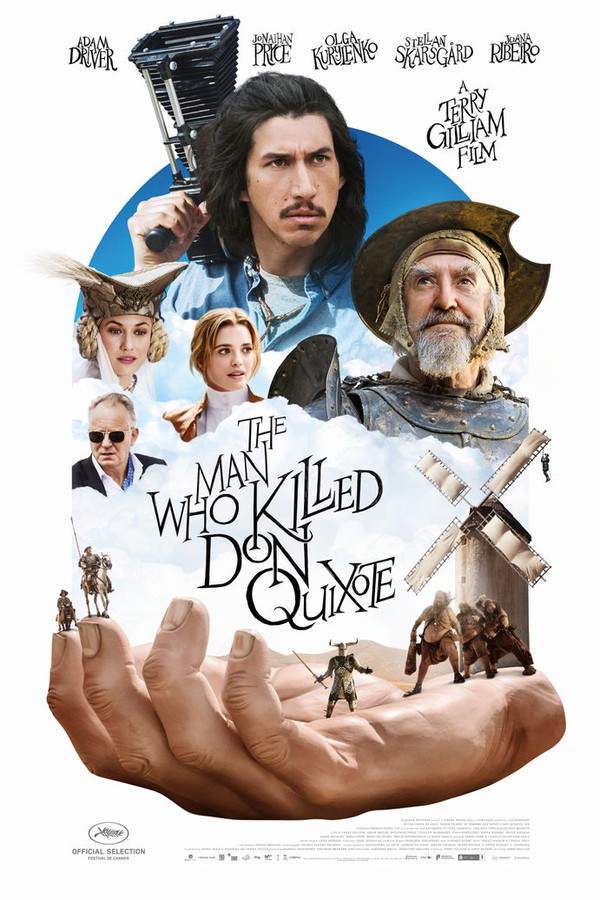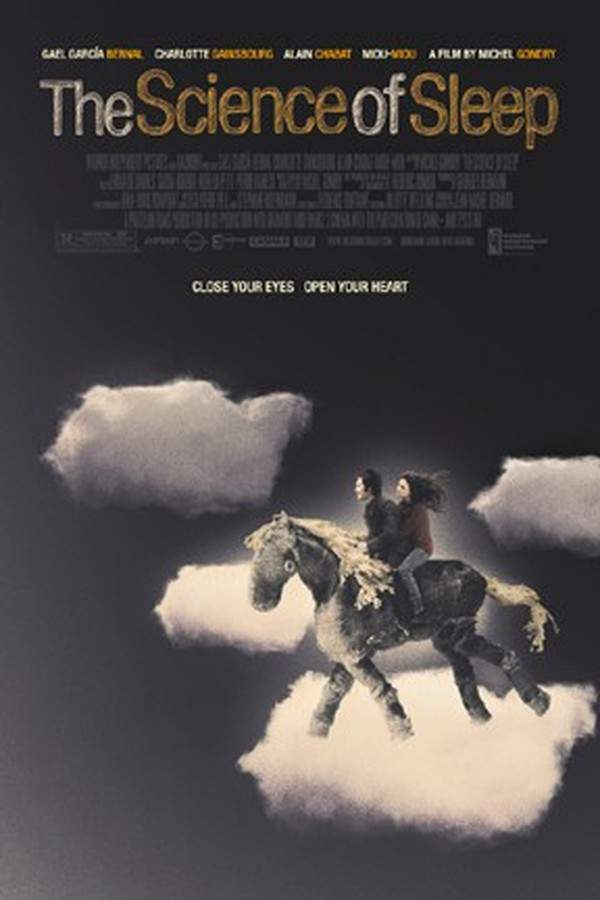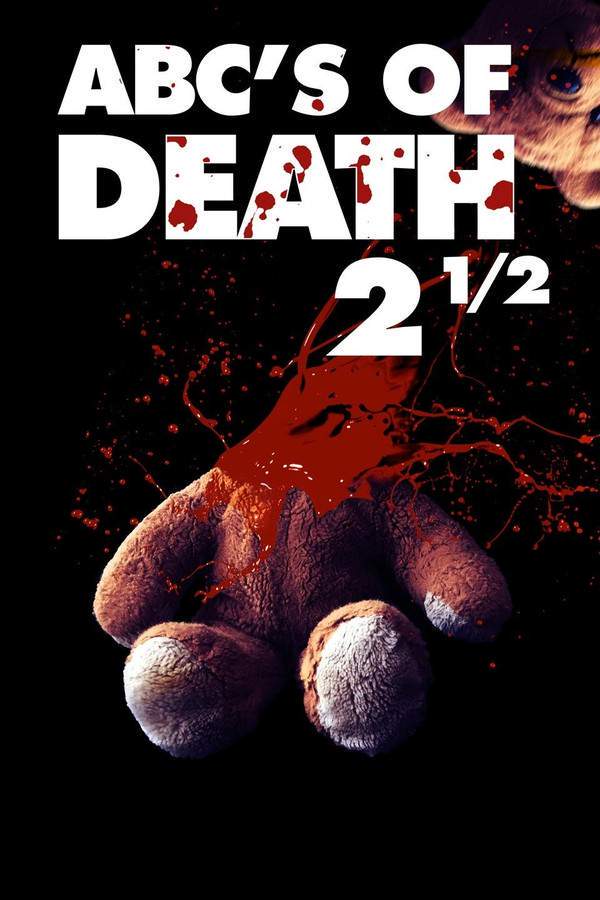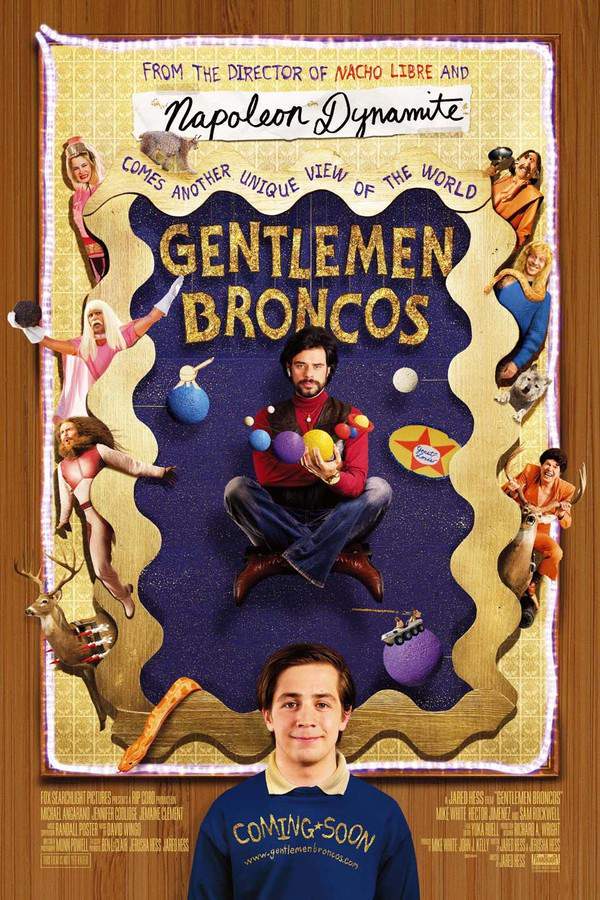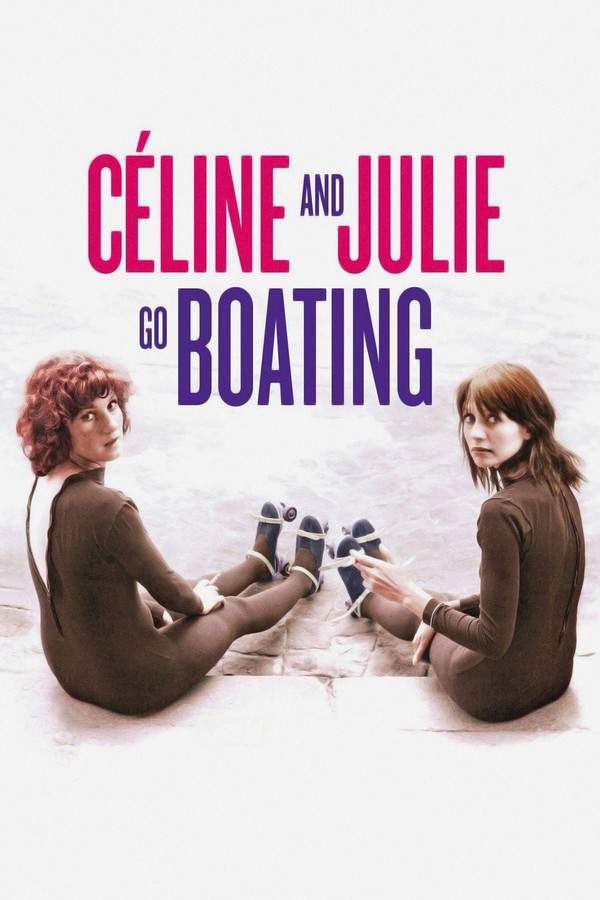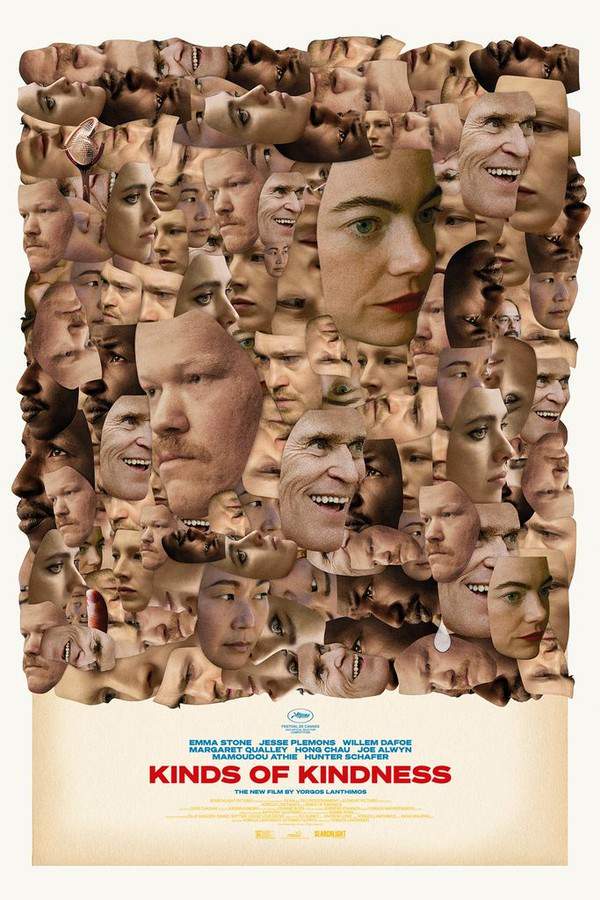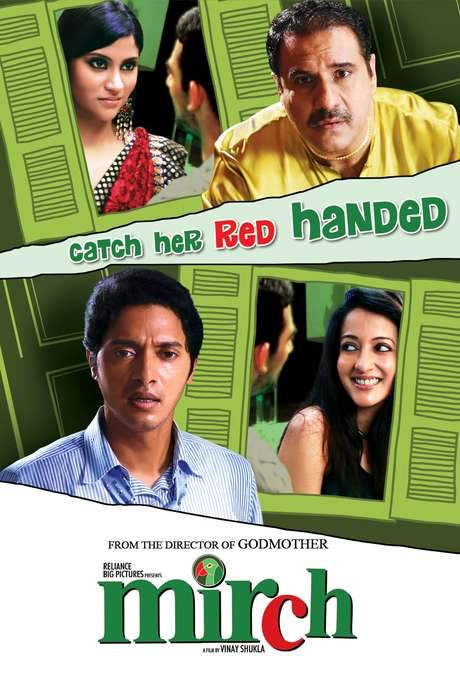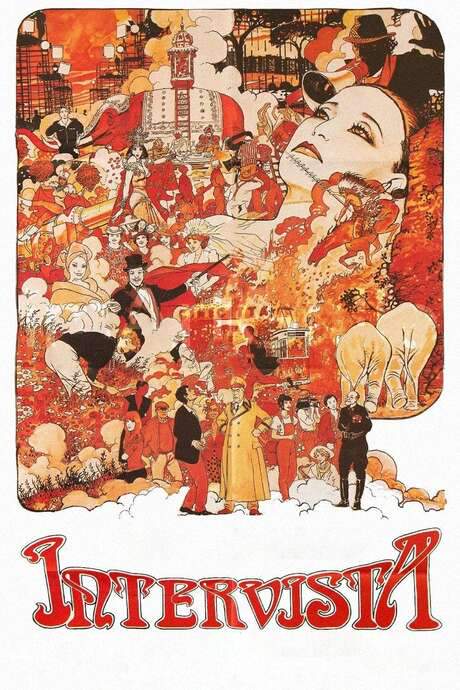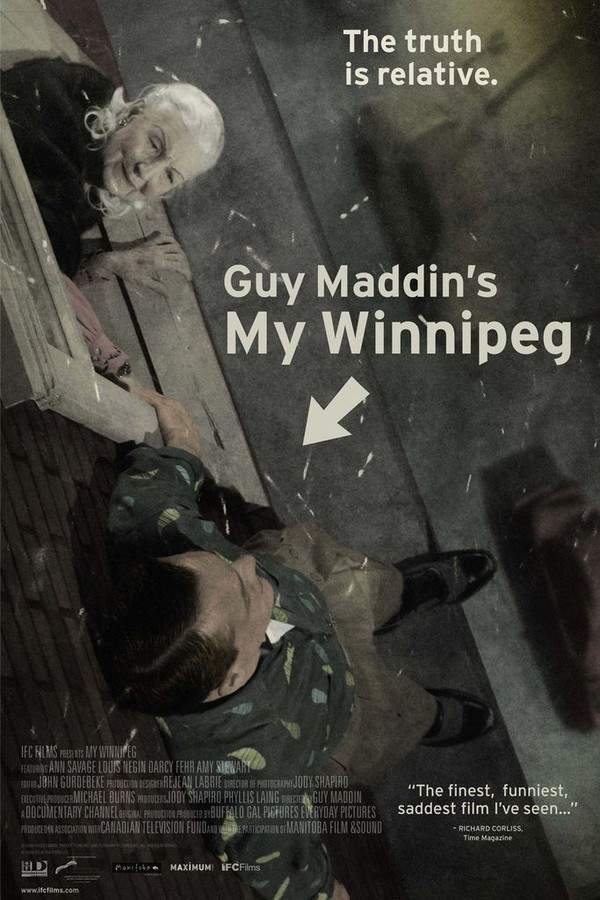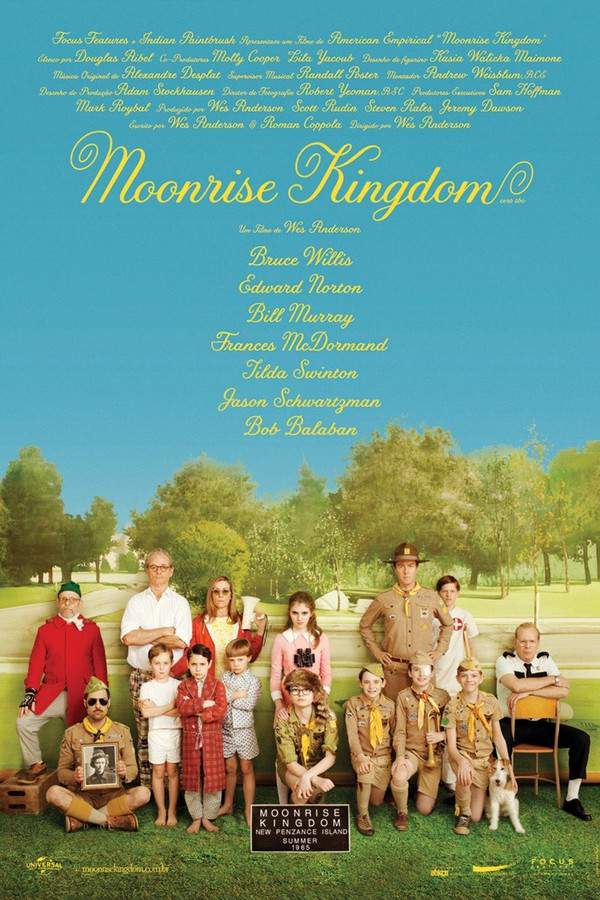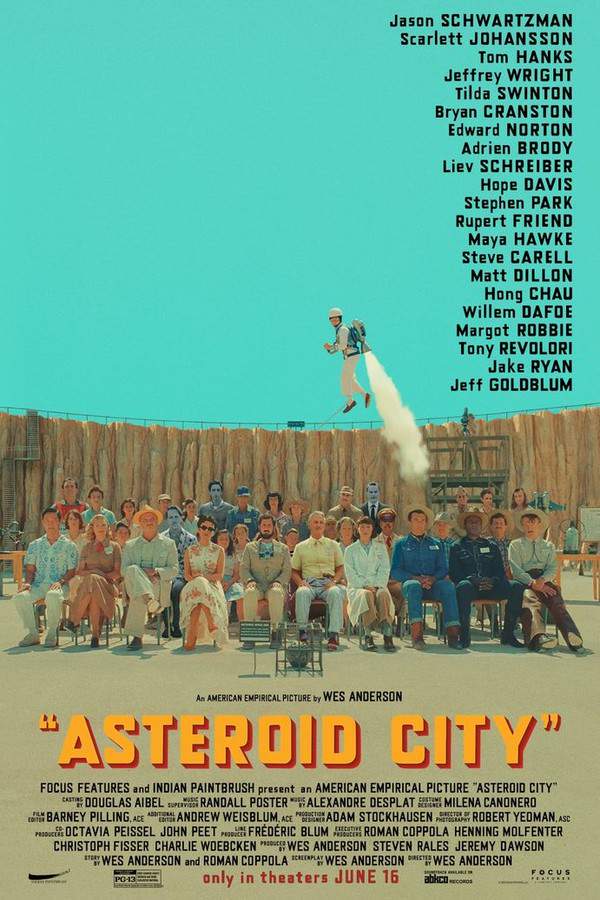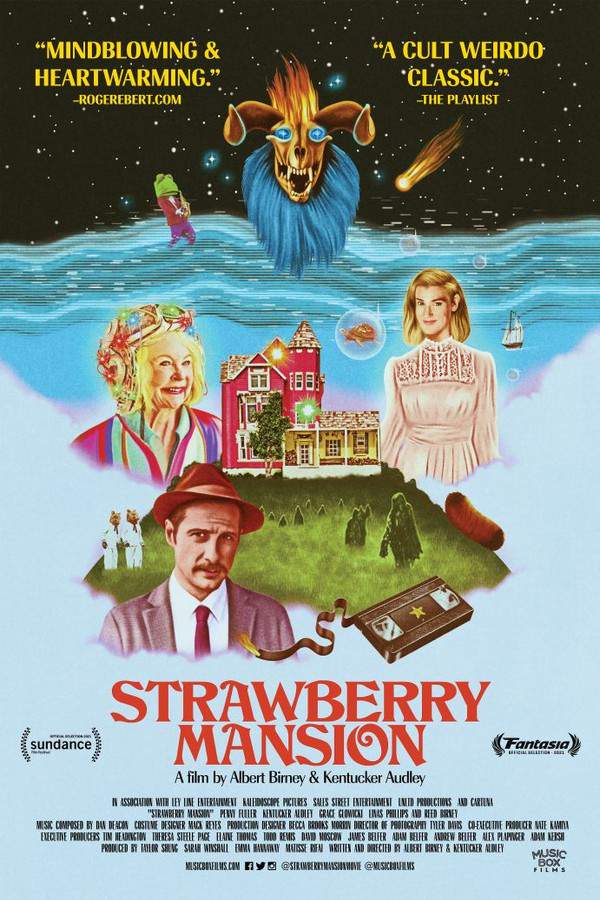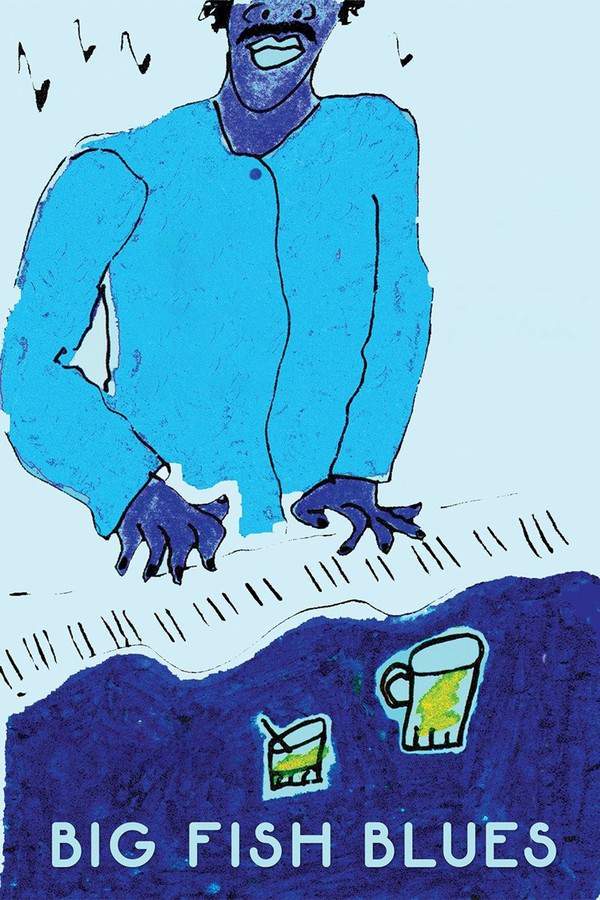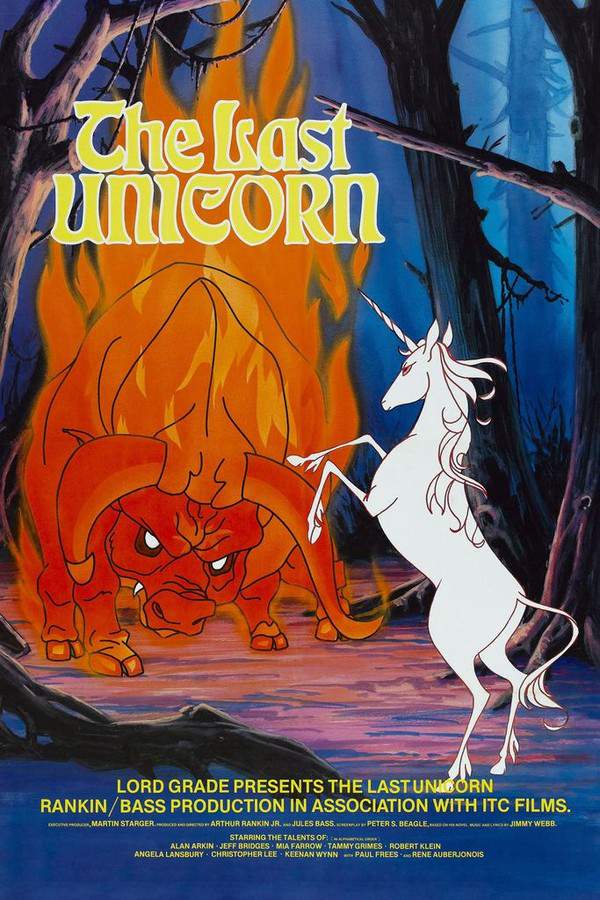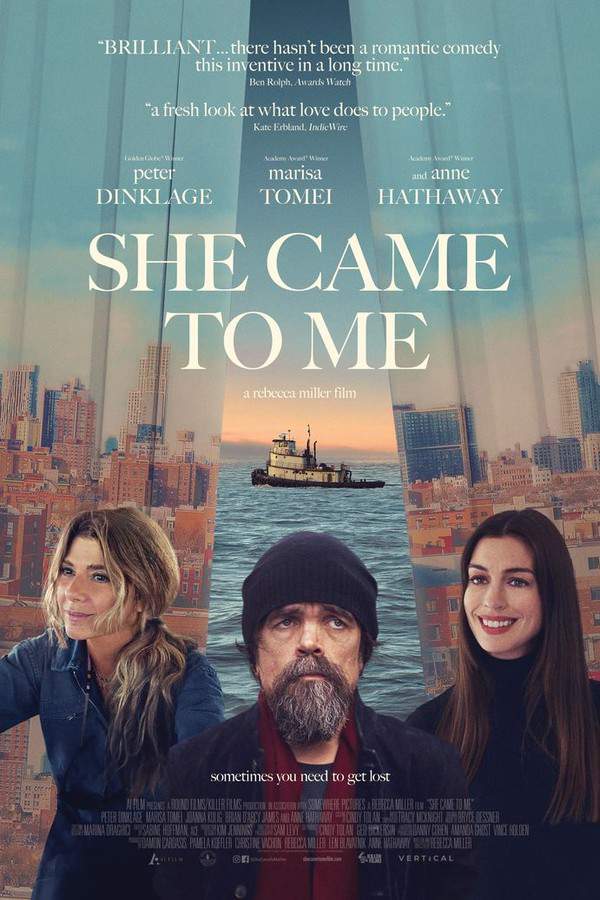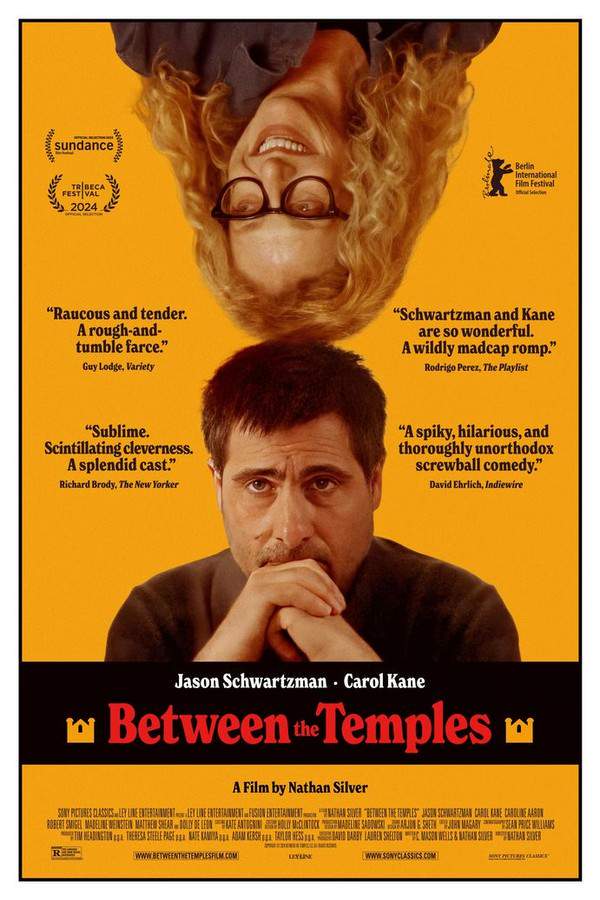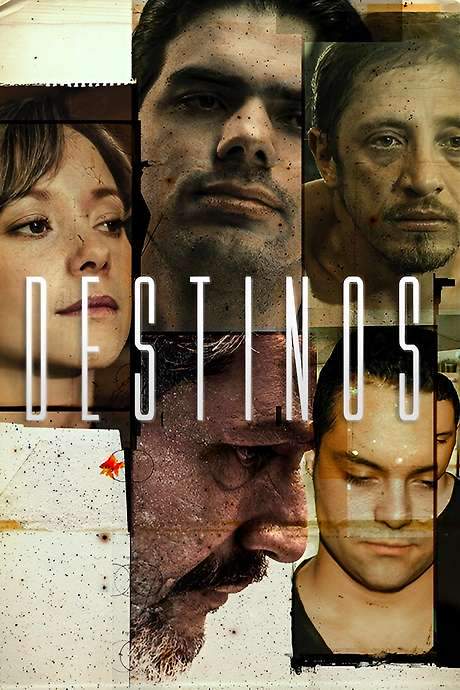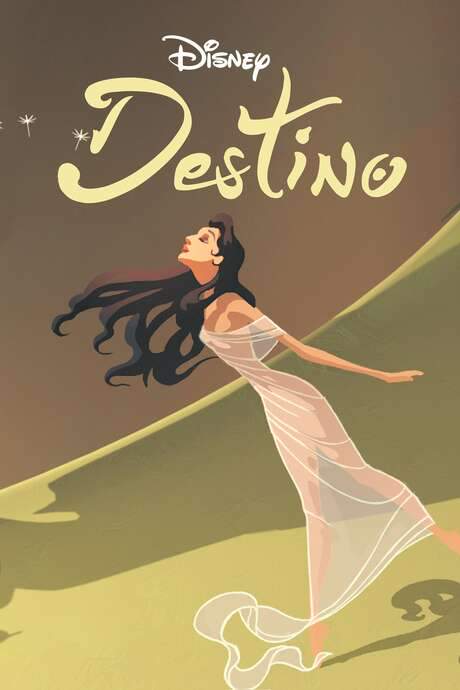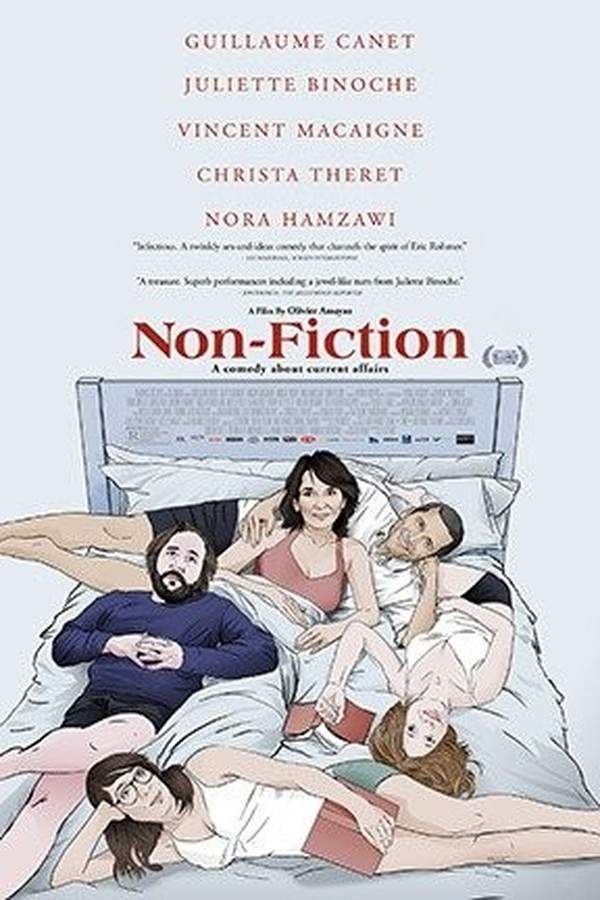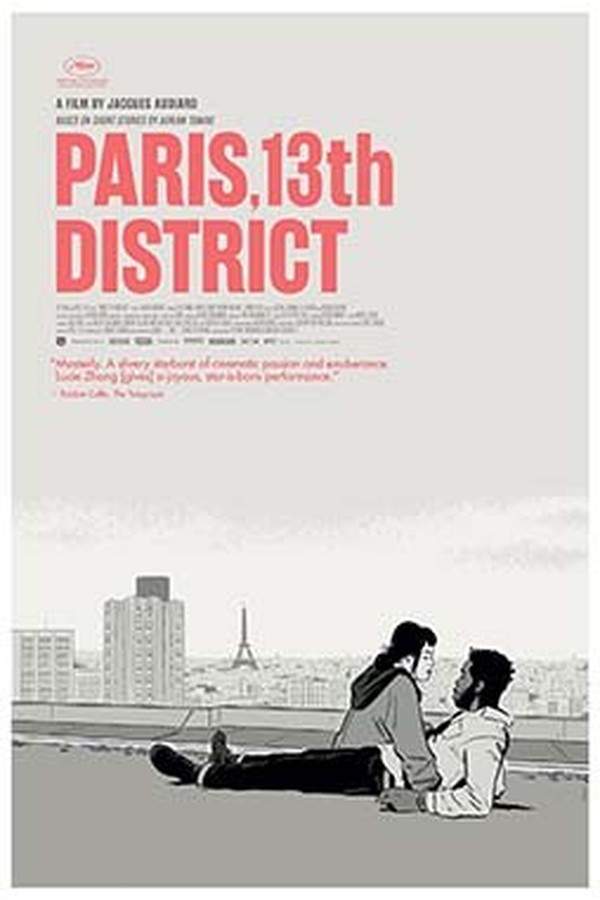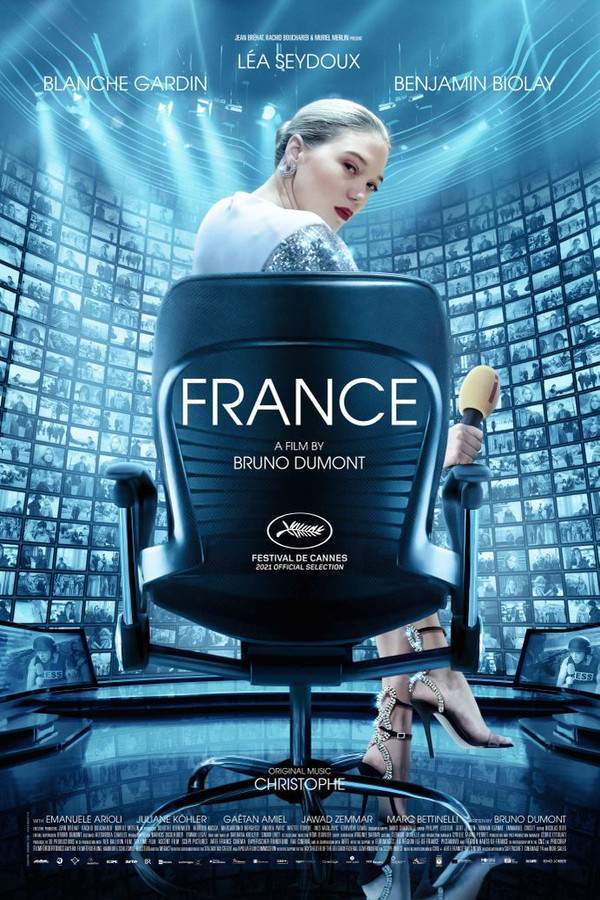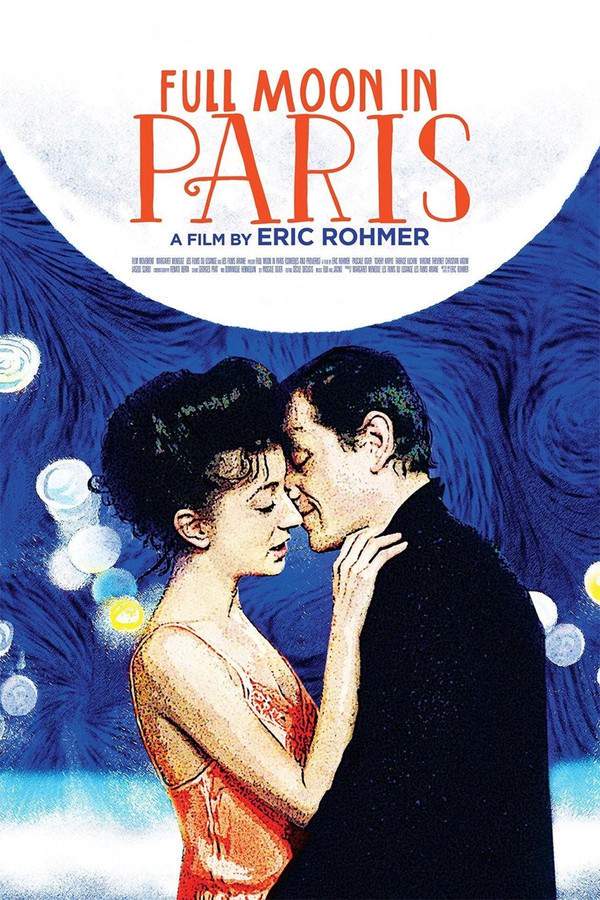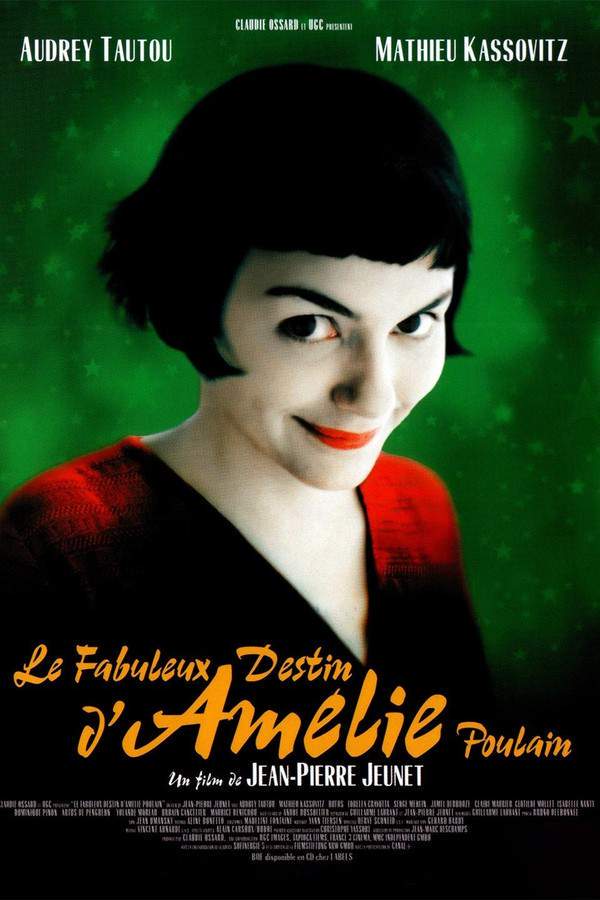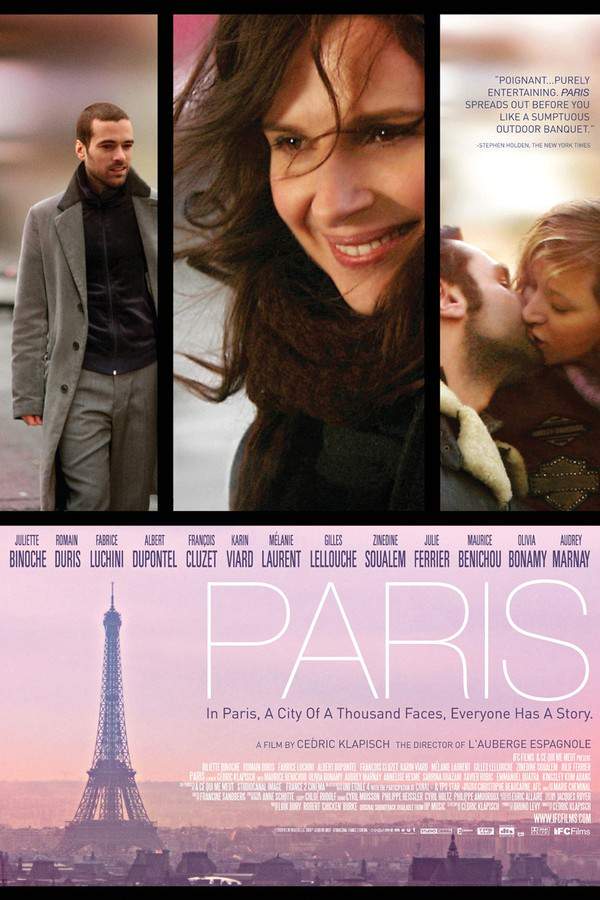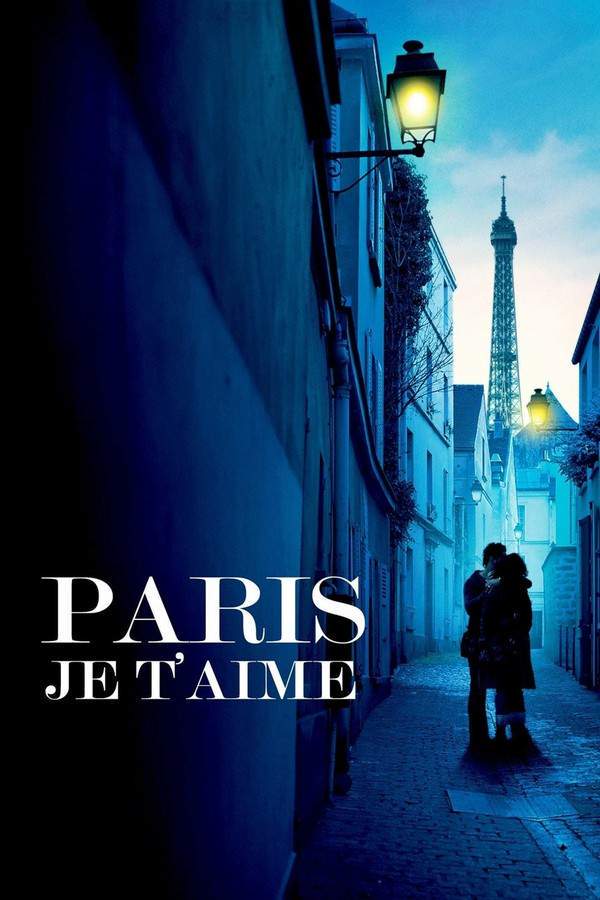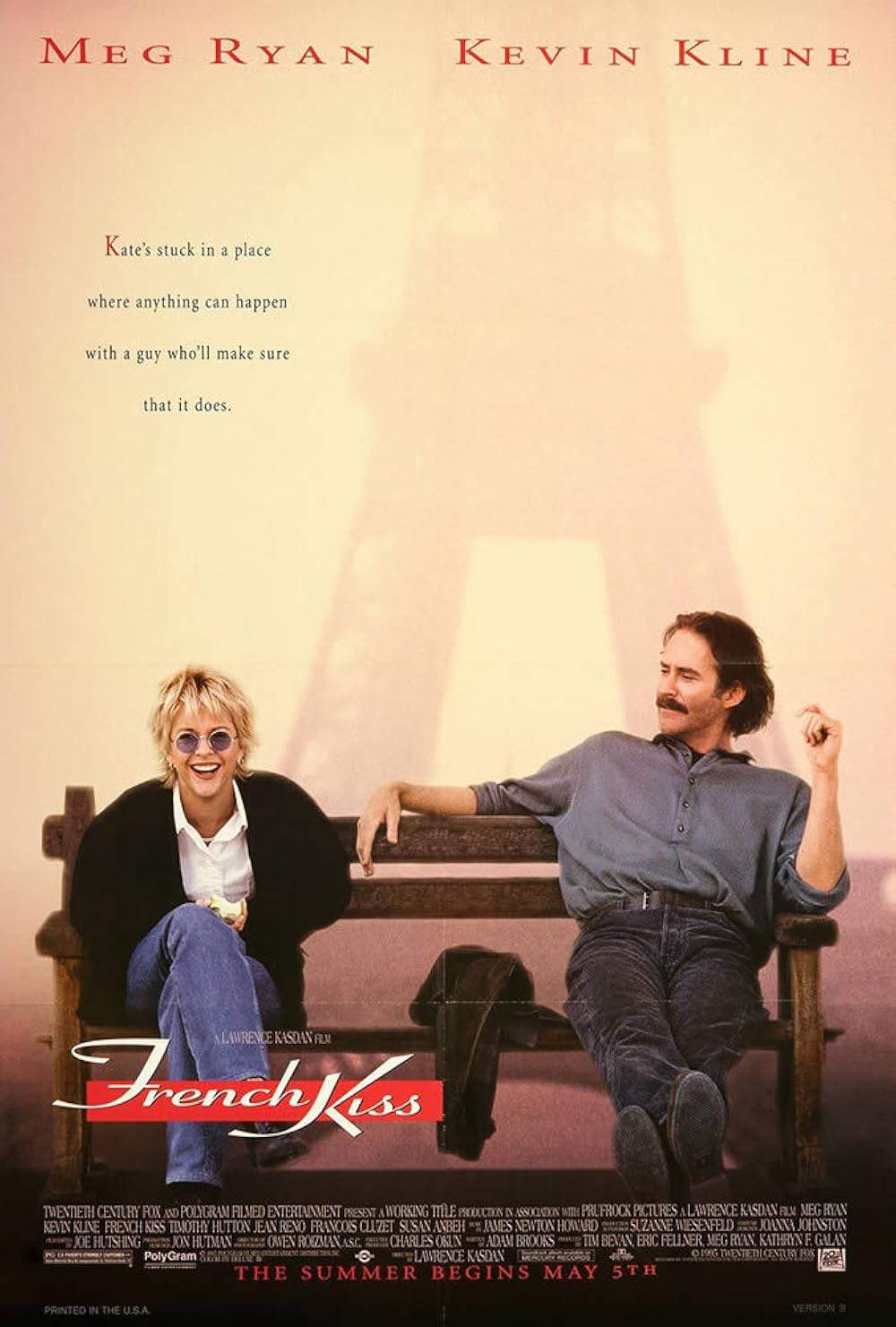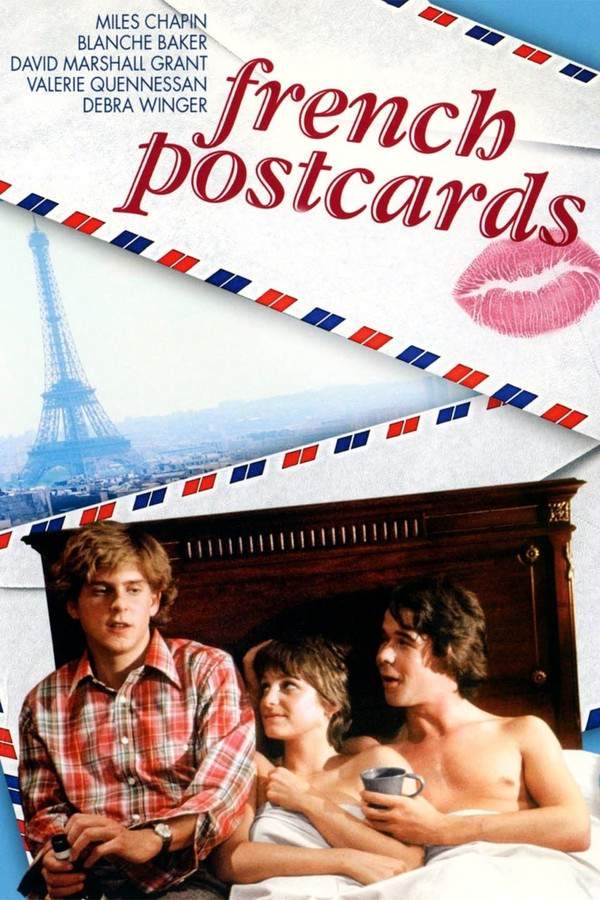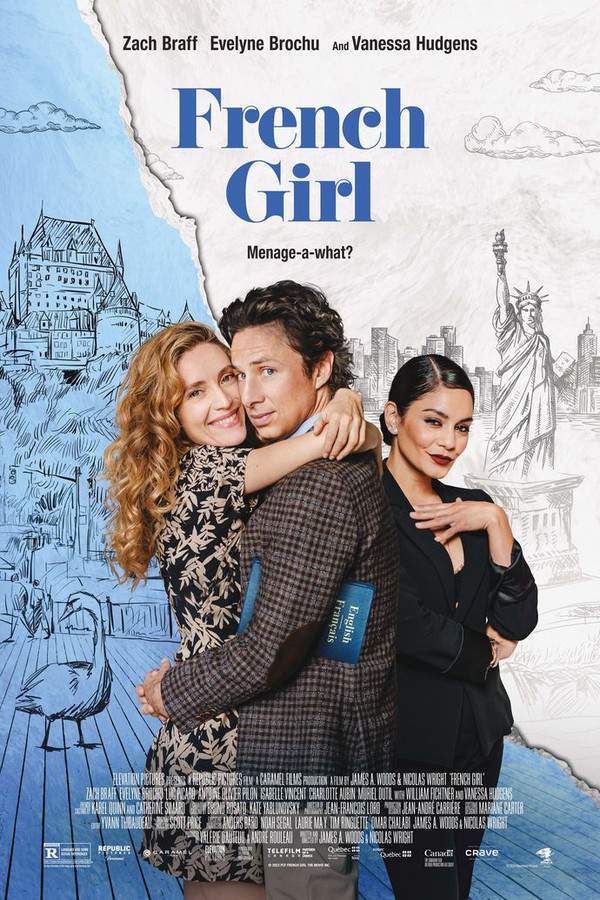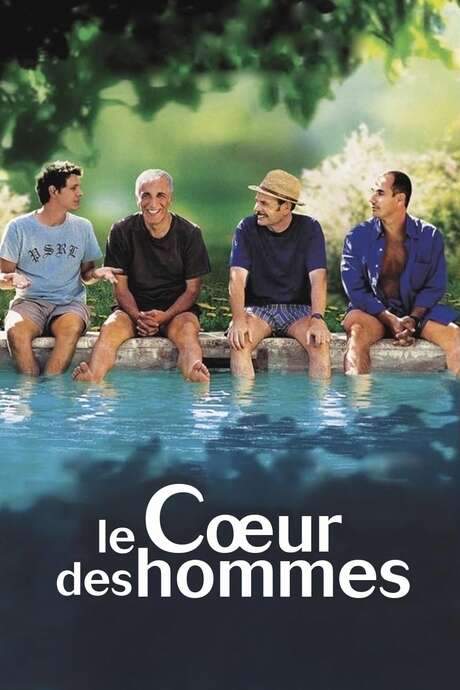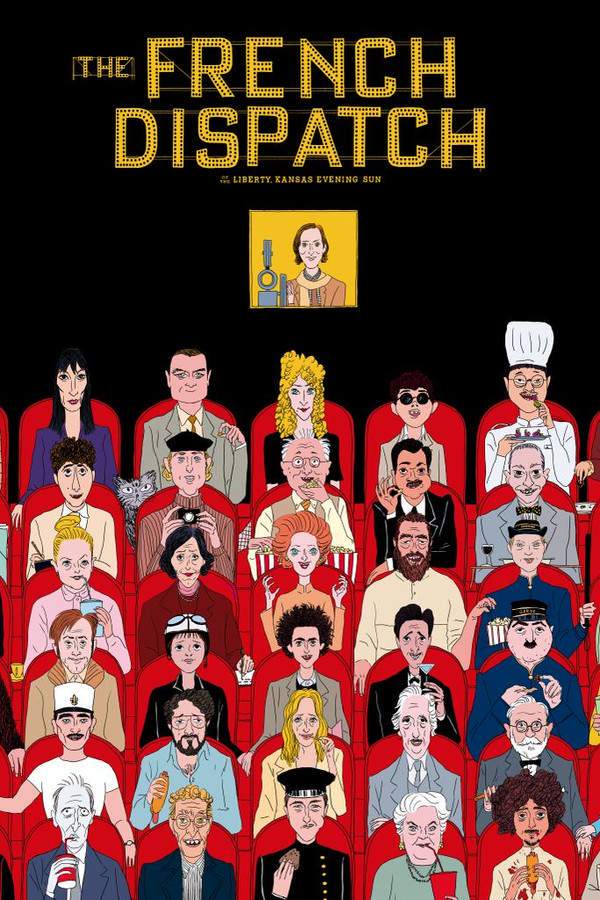
The French Dispatch
Set in the fictional French city of Liberty, Kansas, this film presents a collection of stories published in the final edition of an American magazine. Each piece showcases the eccentric journalists and their connections to the city's vibrant culture. Through these tales, the film explores themes of love, loss, and the beauty of human connection, all while celebrating art, literature, and the unique spirit of a beloved publication coming to an end.
Warning: spoilers below!
Haven’t seen The French Dispatch yet? This summary contains major spoilers. Bookmark the page, watch the movie, and come back for the full breakdown. If you're ready, scroll on and relive the story!
The French Dispatch (2021) – Full Plot Summary & Ending Explained
Read the complete plot breakdown of The French Dispatch (2021), including all key story events, major twists, and the ending explained in detail. Discover what really happened—and what it all means.
The film opens with a poignant narrated obituary of Arthur Howitzer Jr., the editor of The French Dispatch, who unexpectedly passes away from a heart attack. In accordance with his last wishes, the magazine’s publication is immediately halted. We then see Howitzer and his team discussing the upcoming release of four notable magazine stories.
The Cycling Reporter follows Herbsaint Sazerac as he guides viewers on a cycling tour through Ennui-sur-Blasé. He highlights various significant locations like the arcade, Le Sans Blague café, and a notorious pick-pocket’s alley, contrasting the changes in the townscape while exploring how much has remained the same.
In The Concrete Masterpiece, J.K.L. Berensen delivers a lecture at an art gallery that once belonged to her boss, Upshur “Maw” Clampette. She narrates the story of Moses Rosenthaler, a troubled artist imprisoned for murder, who creates an abstract nude portrait of Simone, a prison guard with whom he is romantically involved. Art dealer Julien Cadazio, also serving time for tax evasion, becomes enamored with Rosenthaler’s work and purchases it despite his protests. After serving his sentence, Cadazio persuades his family of art exhibitors to display the painting, launching Rosenthaler into the limelight. Yet, Rosenthaler grapples with a creative block, focusing on a long-term project instead. Years later, a group of artists, along with Cadazio, confront Rosenthaler in prison, only to find that his true artwork consists of frescoes on the prison’s concrete walls. After a scuffle, Cadazio comes to appreciate the art for its essence and arranges for the entire room to be transported to a private museum in Kansas, managed by Clampette. For his role in quelling a prison riot during the art’s unveiling, Rosenthaler is granted probation and continues to exchange letters with Simone after his release.
In Revisions to a Manifesto, Lucinda Krementz covers a student uprising in the streets of Ennui, which escalates into the “Chessboard Revolution.” What begins as a petty dispute over dormitory access transforms into a larger movement sparked by the traumatic military conscription of student Mitch-Mitch. Even as she strives for “journalistic neutrality,” Krementz engages in a brief romance with Zeffirelli, the self-proclaimed leader of the revolution, aiding him in crafting his manifesto. Following a tragedy that claims Zeffirelli’s life, a photo of his likeness evolves into a symbol for the protest. Years later, Krementz adapts their tumultuous history into a play for the National Theatre.
The Private Dining Room of the Police Commissioner features Roebuck Wright recounting his experience attending a private dinner organized by the police chief of Ennui, starring the renowned chef Lt. Nescaffier. Tension arises when the Commissaire’s son, Gigi, is kidnapped by a group of criminals, led by The Chauffeur. As the kidnappers demand the release of “The Abacus,” a vital figure with access to their financial records, Wright recalls his own prior imprisonment for his sexual orientation, a moment which ended with Howitzer bailing him out.
During a climactic rescue attempt, Gigi manages to sneak out a Morse code message urging them to “send the cook.” Later, Nescaffier cleverly poisons the food sent to the kidnappers, resulting in chaos but not before Gigi escapes and reunites with his father. Afterward, Nescaffier tends to the abandoned “Abacus,” saving him from starvation with a simple omelette. As the Dispatch staff grapples with Howitzer’s death, they prepare his obituary for the final edition, wrestling with the importance of a conversation about the unique taste of poison they shared, illustrating the complex layers of human interaction and the unique fabric of reporting.
In an emotional epilogue, the team at The French Dispatch reflects on their loss while undertaking the bittersweet task of honoring Howitzer’s legacy through their final publication.
Last Updated: November 08, 2024 at 01:45
Ending Explained – What Happens at the End of The French Dispatch?
Still wondering what the ending of The French Dispatch (2021) really means? Here’s a spoiler-heavy breakdown of the final scene, major twists, and the deeper themes that shape the film’s conclusion.
The ending of The French Dispatch feels like a nostalgic farewell to the golden age of print journalism, encapsulating the lives and legacies of the characters and the art they embody. As the film concludes, we see the staff gathered in the pressroom, reading the final issue of their beloved magazine after the death of editor Arthur Howitzer Jr. (Bill Murray). This scene serves as both a literal and symbolic goodbye to a bygone era, emphasizing that the days of sophisticated, artistic journalism are over—replaced by a landscape focused on clicks and superficial content. The final obituary in the film pays homage to the magazine’s founder and the spirit of true storytelling, echoing the loss of that journalistic lineage and the art form it represented.
Throughout the film, Wes Anderson envelops the stories with a tone of bittersweet reverence, celebrating not only the magazine’s community but also the artistry of the journalists, writers, and artists profiled in the stories. Each segment, from the bohemian painter Moses Rosenthaler, who defies both prison and societal expectations with his art, to the young revolutionary Zeffirelli, who risks his life for his ideals, emphasizes the sacrifice and passion behind true creative pursuits. Rosenthaler’s final act of painting on prison walls, making his art nearly impossible to commodify, symbolizes the artist’s desire for authentic self-expression over exploitation. Similarly, Zeffirelli’s tragic death while fighting for his beliefs underscores the cost of artistic and revolutionary truth.
The film closes with a reflection on how these individual stories—about art, politics, culinary craftsmanship, and journalism—are intertwined in a broader meditation on the importance of preserving these unique artistic spirits. Anderson uses this fictional magazine as a powerful ode to the beauty of craftsmanship in a world moving away from such artistry. Ultimately, the ending suggests that although the specific publication may vanish, its spirit endures in the hearts of those who value authentic creative expression, and in doing so, Anderson leaves viewers with a sense of longing and reverence for the lost art of meaningful storytelling.
Last Updated: June 25, 2025 at 08:58
Explore Movie Threads
Discover curated groups of movies connected by mood, themes, and story style. Browse collections built around emotion, atmosphere, and narrative focus to easily find films that match what you feel like watching right now.
Artfully Constructed Story Anthologies like The French Dispatch
Films that present multiple tales woven together by a central theme or setting.Discover movies like The French Dispatch that use an anthology structure. If you enjoyed its collection of interconnected tales from a magazine, you'll appreciate these other films where multiple stories build a rich, thematic whole around art, life, and human connection.
Narrative Summary
Stories in this thread unfold as a series of vignettes or segments, often linked by a framing device like a publication, a location, or a shared event. The narrative pattern prioritizes thematic exploration over a single linear plot, offering a multifaceted look at its core ideas through different characters and situations.
Why These Movies?
These movies are grouped together for their shared structural approach to storytelling. They prioritize the joy of narrative variety and thematic depth, often resulting in a viewing experience that feels both intellectually satisfying and stylistically rich, much like reading a collection of short stories.
Movies with Whimsical Melancholy like The French Dispatch
Stories where playful eccentricity meets a gentle, underlying sadness.Find films similar to The French Dispatch that share its unique mood of whimsical melancholy. If you liked its balance of quirky, artistic style with a bittersweet reflection on endings and legacy, you'll enjoy these other stories where playful charm meets heartfelt emotion.
Narrative Summary
The narrative journey in these films often follows eccentric characters navigating beautifully designed worlds. The conflict is typically internal or philosophical, dealing with themes like the passing of time, the meaning of art, or the beauty of fleeting moments, all presented with a distinctive visual and tonal style.
Why These Movies?
These films are united by their specific emotional blend: a surface-level whimsy and visual precision that contrasts with or enhances a deeper, melancholic current. This creates a unique, bittersweet vibe that is both charming and emotionally resonant.
Unlock the Full Story of The French Dispatch
Don't stop at just watching — explore The French Dispatch in full detail. From the complete plot summary and scene-by-scene timeline to character breakdowns, thematic analysis, and a deep dive into the ending — every page helps you truly understand what The French Dispatch is all about. Plus, discover what's next after the movie.
The French Dispatch Timeline
Track the full timeline of The French Dispatch with every major event arranged chronologically. Perfect for decoding non-linear storytelling, flashbacks, or parallel narratives with a clear scene-by-scene breakdown.

Characters, Settings & Themes in The French Dispatch
Discover the characters, locations, and core themes that shape The French Dispatch. Get insights into symbolic elements, setting significance, and deeper narrative meaning — ideal for thematic analysis and movie breakdowns.

The French Dispatch Ending Explained
What really happened at the end of The French Dispatch? This detailed ending explained page breaks down final scenes, hidden clues, and alternate interpretations with expert analysis and viewer theories.

The French Dispatch Spoiler-Free Summary
Get a quick, spoiler-free overview of The French Dispatch that covers the main plot points and key details without revealing any major twists or spoilers. Perfect for those who want to know what to expect before diving in.

More About The French Dispatch
Visit What's After the Movie to explore more about The French Dispatch: box office results, cast and crew info, production details, post-credit scenes, and external links — all in one place for movie fans and researchers.

Similar Movies to The French Dispatch
Discover movies like The French Dispatch that share similar genres, themes, and storytelling elements. Whether you’re drawn to the atmosphere, character arcs, or plot structure, these curated recommendations will help you explore more films you’ll love.
Explore More About Movie The French Dispatch
The French Dispatch (2021) Scene-by-Scene Movie Timeline
The French Dispatch (2021) Movie Characters, Themes & Settings
The French Dispatch (2021) Ending Explained & Theories
The French Dispatch (2021) Spoiler-Free Summary & Key Flow
Movies Like The French Dispatch – Similar Titles You’ll Enjoy
Non-Fiction (2019) Ending Explained & Film Insights
Paris, 13th District (2022) Ending Explained & Film Insights
France (2021) Film Overview & Timeline
Full Moon in Paris (1984) Movie Recap & Themes
Amélie (2001) Story Summary & Characters
Paris (2009) Detailed Story Recap
Paris, je t'aime (2007) Full Movie Breakdown
Paris Can Wait (2017) Full Movie Breakdown
French Kiss (1995) Plot Summary & Ending Explained
French Postcards (1979) Full Movie Breakdown
French Girl (2024) Film Overview & Timeline
French Kisses (2018) Ending Explained & Film Insights
Frenchmen (2003) Detailed Story Recap
The French as Seen by… (1988) Plot Summary & Ending Explained
Love and the Frenchwoman (1960) Story Summary & Characters

